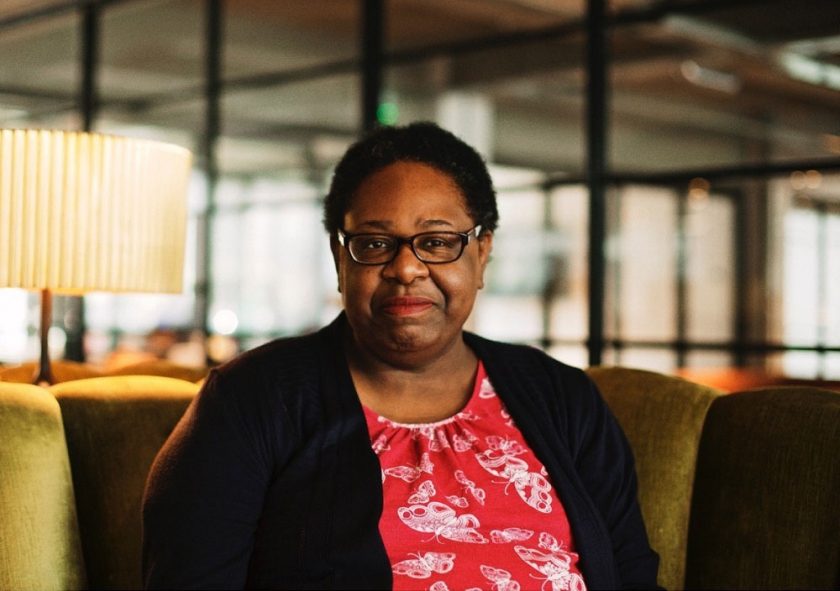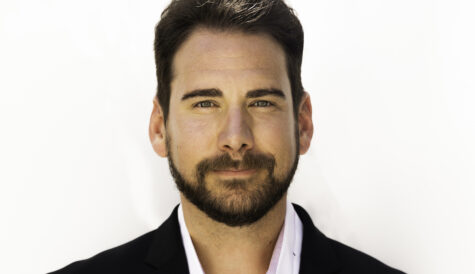
After more than 35 years of operation, TBI is closing its doors and our website will no longer be updated daily. Thank you for all of your support.
UK still two decades from full disability representation, says Creative Diversity Network
UK disability representation in front of and behind the camera is still falling way short and won’t be fully reached for almost 20 years, according to the Creative Diversity Network (CDN).
In order to reflect the UK workforce (17%) and population (18%) more than 13,000 additional disabled people need to enter and be retained in the industry on and off-screen, said the CDN in its latest report, Diamond at 5: A deep dive into the representation of disabled people in UK television.
The CDN says that at the current rate of progress it will take until 2041 for disabled people to be properly represented in the UK television industry.
Comparing UK broadcasters, the highest proportion of contributions by disabled people have been in BBC programmes (7.3% in 2020-21) and Channel 4 programmes (6.2% in 2020-21), according to the report.
The BBC has seen the greatest rate of growth, from 4.9% of contributions in 2018-19 to 7.3% in 2020-21, while there has been a slight reduction in contributions to Channel 4 programmes year-on-year.
ITV and Sky have the smallest proportion of contributions by disabled people, although both broadcasters have seen recent growth in off-screen representation from 3.1% in 2018-19 to 4.5% in 2020-21 for ITV, and from 2.8% to 3.4% for Sky. The picture is more mixed at Paramount where off-screen representation has fluctuated between 4.4% and 6%.
Children’s programmes have been leading the way with year-on-year growth in the representation of disabled people on screen, according to the CDN, while there have been on screen increases in drama and comedy as well, though this representation still remains “very low.”
Deborah Williams, CEO, CDN said: “Our analysis clearly reveals just how much disability, and disabled-led organisations and individuals have been excluded from the diversity conversation in the UK television industry, and how this has contributed to a lack of understanding of how disabled people’s lives are interlinked to their representation in television.
“But all is not lost. I fully believe that with the data and evidence we’ve gathered, which properly highlight the gaps, trends, and where progress is or isn’t taking place, we can work collaboratively as producers, broadcasters, streamers, training providers, government and insurers to bring about the lasting and meaningful transformation in our industry to which we are all committed.”



